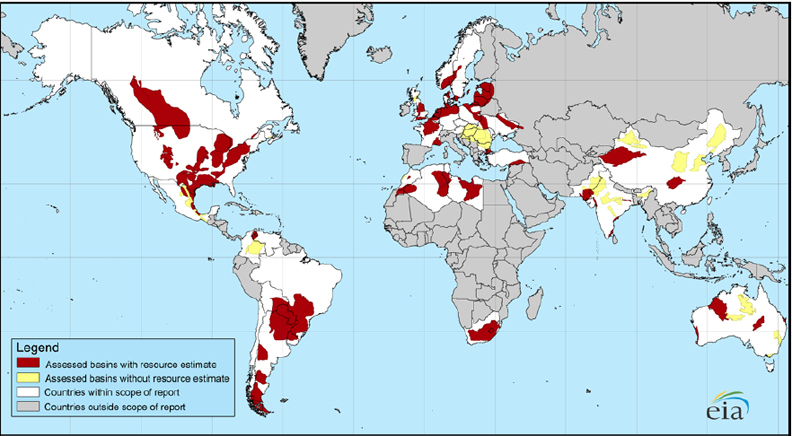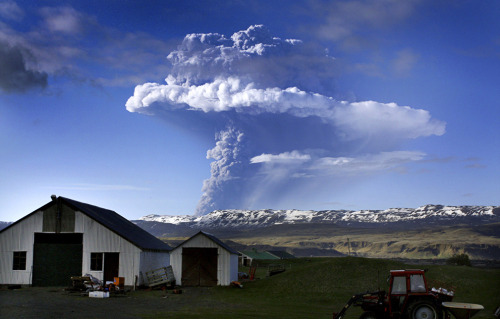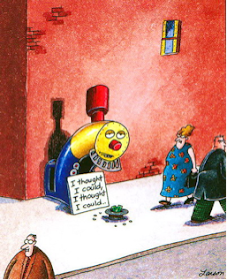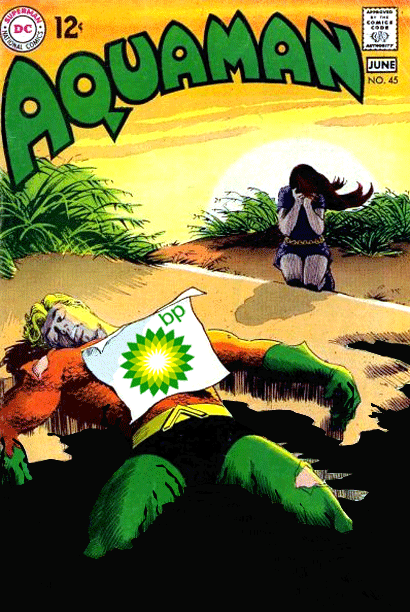Boy, you would think Rick Needham would give me a call by now about my gcommunities idea ;-)
Because, "doing what has already been done" seems like a bad way to invest $400 Million or Billion$$$
My idea was free... with a 13month ROI and lifetime EEROI
Google Blog - The site of the
Alta Wind Energy Center (AWEC), which will generate 1,550 megawatts (MW) of energy when complete, making it one of the largest sites in the country for wind energy generation—enough to power 450,000 homes. Renewable energy developer Terra-Gen Power is constructing the site in several phases and we’ll provide $55 million to finance the 102 MW Alta IV project. Citibank, which has underwritten the equity for Alta Projects II-V, is also investing in this project.

We’re always looking for projects that are uniquely positioned to transform our energy sector. As part of the new 4,500 MW Tehachapi Renewable Transmission Project (TRTP), AWEC uses some of the first transmission lines developed specifically to transport renewable energy from remote, resource-rich areas (like the Mojave) to major population centers...
With this deal, we’ve now invested more than $400 million in the clean energy sector. We hope AWEC’s success, with its unique deal structure and renewable energy transmission, encourages more financing and development of renewables that will usher in a new energy future.
Google and two unfamiliar sounding business partners have received a key first-approval for construction of a $5bn power transmission project, linking the landward power grid to several wind farms to be built off the US Mid-Atlantic coast. (The Federal Energy Regulatory Commission (FERC) has ruled the project can earn a 12.59% return on equity (ROE) - a bit less than the 13.58% requested.) The partners are Google,
Good Energies and
Read the full story from a Hugger
Seriously Google Investors...
HAASE - I have great respect for your massive investments in clean energy, but would rather see it continue for the long haul or it is just another "Jimmy Carter Solar Comment"
How well does wind compete against my plan without feed in and subsidies? (hint: in doesn't ;-)
 A organization would prove through actions to our Administration that we can save our economy, energy and environmental future by "fiscally proving sustainable energy is economically sustainable"
A organization would prove through actions to our Administration that we can save our economy, energy and environmental future by "fiscally proving sustainable energy is economically sustainable". And when they want to make decades of energy efforts a
reality and financially sustainable....
they will give me a call. "
Only two things are infinite, the universe and human stupidity, and I'm not sure about the former."
- Albert Einstein



























 “In protecting America from nuclear catastrophe, safely securing the spent fuel by eliminating highly radioactive, crowded pools should be a public safety priority of the highest degree.”The threat of a catastrophic release of radioactive materials from a spent fuel pool at Japan’s Fukushima Daiichi plant is dwarfed by the risk posed by such pools in the United States, which are typically filled with far more radioactive material, according to a study released on Tuesday by a nonprofit institute. The report, from the Institute for Policy Studies, recommends that the United States transfer most of the nation’s spent nuclear fuel from pools filled with cooling water to dry sealed steel casks to limit the risk of an accident resulting from an earthquake, terrorism or other event. “The largest concentrations of radioactivity on the planet will remain in storage at U.S. reactor sites for the indefinite future,” the report’s author, Robert Alvarez, a senior scholar at the institute, wrote. Read more at
“In protecting America from nuclear catastrophe, safely securing the spent fuel by eliminating highly radioactive, crowded pools should be a public safety priority of the highest degree.”The threat of a catastrophic release of radioactive materials from a spent fuel pool at Japan’s Fukushima Daiichi plant is dwarfed by the risk posed by such pools in the United States, which are typically filled with far more radioactive material, according to a study released on Tuesday by a nonprofit institute. The report, from the Institute for Policy Studies, recommends that the United States transfer most of the nation’s spent nuclear fuel from pools filled with cooling water to dry sealed steel casks to limit the risk of an accident resulting from an earthquake, terrorism or other event. “The largest concentrations of radioactivity on the planet will remain in storage at U.S. reactor sites for the indefinite future,” the report’s author, Robert Alvarez, a senior scholar at the institute, wrote. Read more at 










 lar (a dah moment).
lar (a dah moment).  m tax payers for its high-speed rail project that will connect San Francisco to Los Angeles. So far, they’ve managed to break ground in an effort to connect two central-state communities so small that one of them is unincorporated, for service that will connect fewer people than live in Anaheim.
m tax payers for its high-speed rail project that will connect San Francisco to Los Angeles. So far, they’ve managed to break ground in an effort to connect two central-state communities so small that one of them is unincorporated, for service that will connect fewer people than live in Anaheim. 



 When I wake up on May 22nd, I will begin the day like everyday. With the thought of how wonderful the world and its life we have been given. And that in an instant, it can be gone.
When I wake up on May 22nd, I will begin the day like everyday. With the thought of how wonderful the world and its life we have been given. And that in an instant, it can be gone. 

